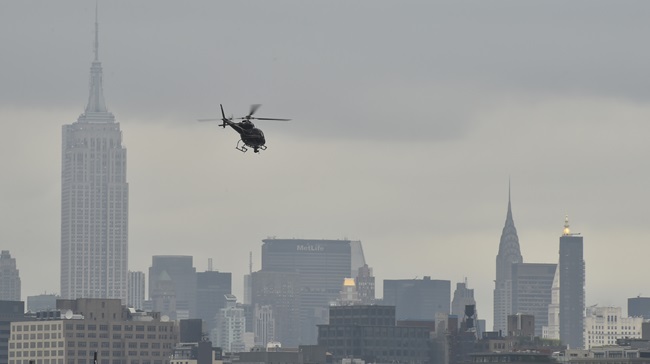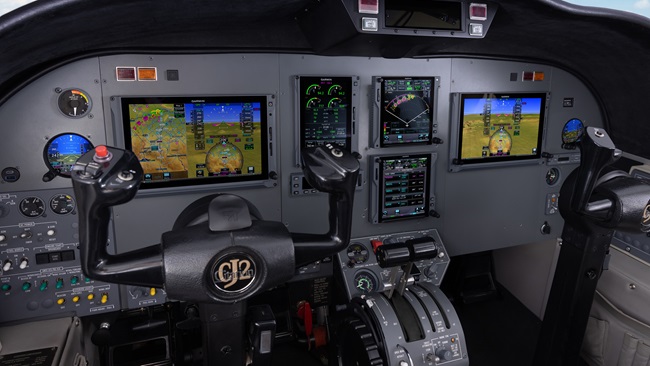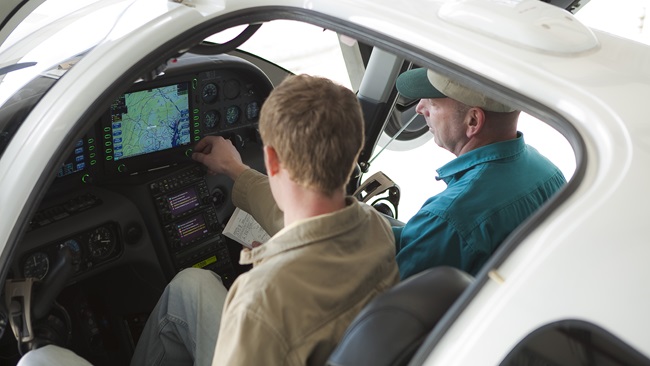Low-cost autopilot approval list expands
Cessna 177, 180, and 185 models now covered
The STC Group secured supplemental type certificate approval Feb. 6 that clears the way for Trio autopilot installations in Cessna 177, 180, and 185 models, adding to a growing list of lower-cost, modern autopilot retrofits available for legacy aircraft.
California IT executive Paul Odum launched The STC Group in 2016 to create for legacy aircraft owners (himself included) an option to install modern autopilots in older aircraft without breaking the proverbial bank. AOPA and the Experimental Aircraft Association provided strong support and helped persuade the FAA to simplify the process of installing non-technical standard order avionics in certified aircraft, which Odum said in a telephone interview was an indispensable boost. The common goal shared by all is to make the benefits of modern avionics (including autopilots) available to owners of older aircraft at affordable prices with practical installation options.
“We got hit pretty hard,” Odum said. “Everybody got sick. We had people that ended up in the hospital.”
Next in the pipeline, Odum plans to announce approval of kits for Trio autopilot installations in Cessna 190 and 195 models, along with a military variant of those Cessna taildraggers, as well as the Grumman AA5. A Piper PA-32 kit is also in the works.
The newly available installation kits sold by The STC Group cost $2,500 or $3,000, plus shipping, which typically costs $60 to $80, Odum said. The Trio autopilots have dropped a bit in price, Odum said, to $3,495 (excluding shipping), and the actual installations completed so far have typically run to 30 or 40 hours of shop time, he added. Much of that time is related to rewiring and adjustments to other systems, not the autopilot installation itself.
The STC Group Vice President and General Counsel Mark Sullivan noted in a telephone interview that the original goal was to create an autopilot option that could be purchased and installed for $10,000 to $12,000, and with the new pricing from Trio, “we’re back below that price point.” The STC Group remains committed, he added, to “getting this autopilot available to as many planes in the vintage fleet as possible.”
To that end, Odum said, the company is looking for owners of a few different Beechcraft models willing to submit their aircraft for the initial installations required to complete the FAA approval process. Of particular interest are Bonanza models including the V35, A36, and F33. Odum and his crew also plan to cover Debonair models, and others. Aircraft owners who would consider submitting a candidate airplane should contact Odum through the company website for details.
Odum hopes to have Cessna 205, 206, and 210 models completed in May, including up to four different installation kits that may be required to cover the Cessna 210 fleet, each requiring its own drawings and flight tests—another reason it will take time to reach the full STC potential. Odum said owners of older aircraft will probably get the most benefit for the dollars spent, and those considering more expensive and extensive avionics retrofits and upgrades might consider spending money on an engine upgrade to go with their new autopilot, rather than a whole new panel.




